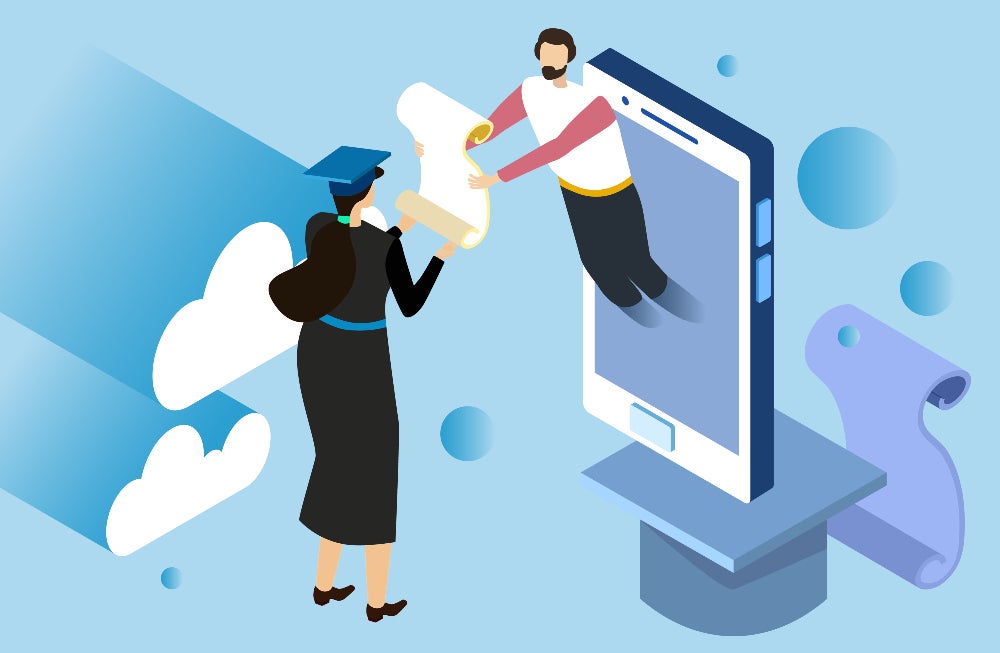Remote learning is certainly nothing new for education institutions in Southeast Asia (SEA). Annual e-learning weeks are commonplace in schools and universities across the region, meaning the systems are in place to support student academia, both on and off campus. However, the existing capabilities for remote learning were never created to withstand the surge in users and quantity of data that has arisen as a result of the COVID-19 pandemic.
A one-hundred-percent remote learning experience has never been tested before, and many universities find themselves thrown in at the deep end. They are expected to ensure the remote learning experience for students remains seamless — with legacy tech and shrinking resources to manage the robust IT infrastructure that’s needed to hold it all together.
Throw into the mix reduced budgets, fluctuating admissions, and the expectation of a seamless connected campus from staff and faculty, and it’s no wonder universities across SEA are struggling to maintain a competitive advantage.
Attracting New Prospects When Campus Culture Is Removed
Traditionally, higher education institutions differentiate themselves through on-premises facilities and on-campus culture. While some students may select University of Singapore for its diverse student community, others may prefer University of Malaysia in Kuala Lumpur for the compact campus and smaller student population.
With the luxury of this differentiation removed, how can SEA higher-ed institutions set themselves apart and attract new prospects? It must come down to the remote learning experience for the student. A robust, user-friendly platform, that aids academic success, has become the number one requirement for swaying the student towards one institution over another.
The platform must ensure course content can be accessed quickly and easily from any device, and that communication lines to the lecturer are open and flawless. If this is the only way the student is able to interact with their course lecturers and professors, communication issues could cause marks to slip and academic success to suffer.
More Time. More Resources. More Budget.
In order to compete for the highest caliber students, staff, and faculty, one strategy we see is universities adopting best-in-breed procurement and student management systems, mostly through SaaS applications.
However, without the correct integration platform to pull them all together, the university can’t draw the best out of these applications, many of which are taking a big chunk out of their shrinking budget.
Many rely on writing manual code and customizations to ensure all the systems talk to each other. Changes, such as the continuous updates that are intrinsic to SaaS products, require the laborious task of rewriting the code manually, almost continuously.
Add in that the typical higher-ed institution has close to 300 siloed endpoints across systems, applications and databases (written using point-to-point code), and the process becomes even more cumbersome.
Writing and rewriting code for outdated legacy middleware not only has high upfront costs, but is not scalable as the university adds to its digital campus experience. The conclusion is that adopting the right middleware enables institutions to compete in the short term and ensure long term scalability.
A Connected Campus for a Seamless Experience
Whether a university’s remote learning capabilities remain the primary deciding factor for prospective students in the future or not, the fact remains that students will always expect flexibility and choice in their academic experience. Legacy systems that were not designed for the requirements of today’s digital campus are holding universities across SEA back from competing with other institutions on the world stage.
Using a robust, low-code integration platform like the Boomi Enterprise Platform means fewer data silos, fewer errors, and fewer IT resource required. The platform will draw the best value from the quality applications a university may have invested in, and will ensure SEA universities are future-ready to deliver a seamless campus experience for students, faculty, and staff.
Find out how world-leading higher education institutions like University of Melbourne and University of Canberra are Reimagining the Future of Higher Education.

 English
English 日本語
日本語